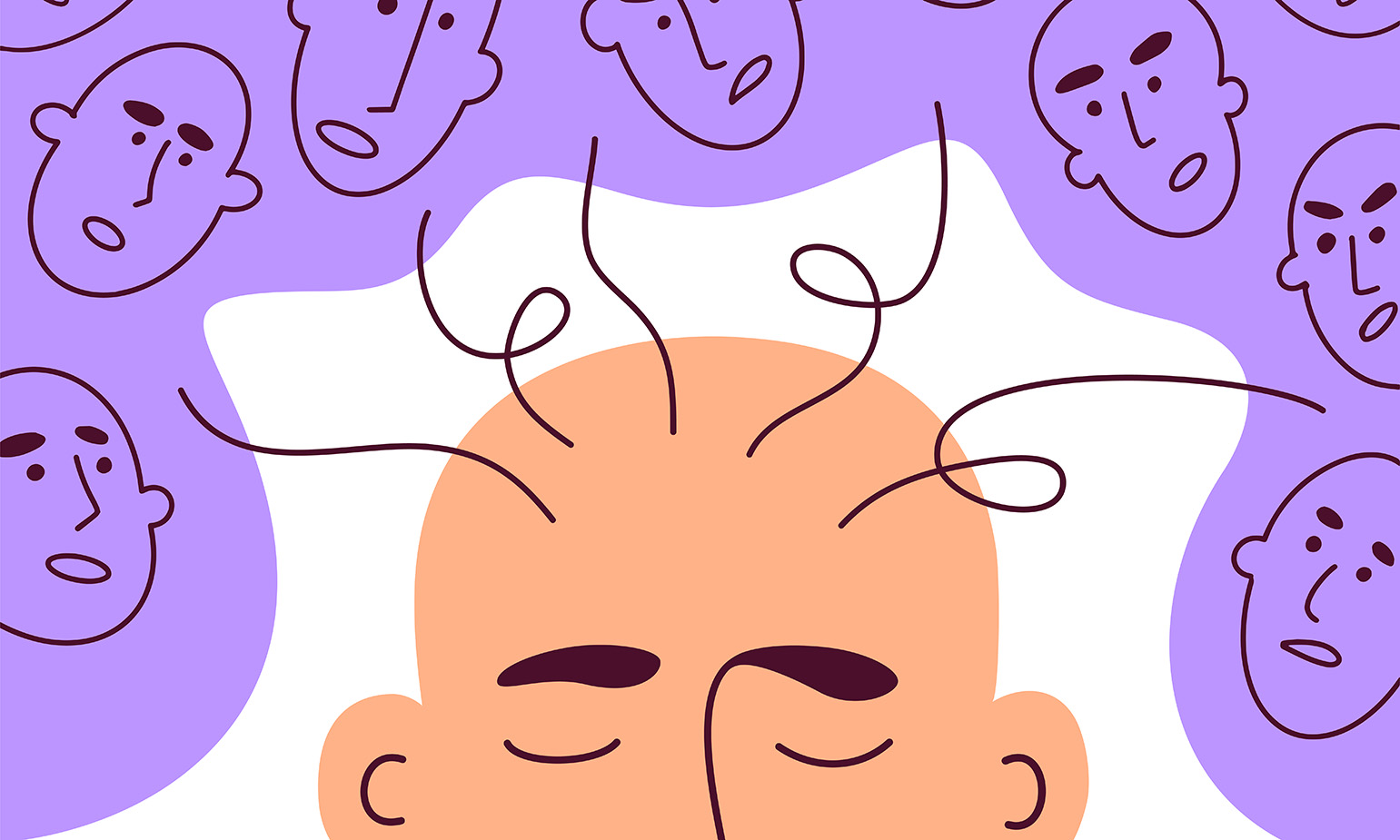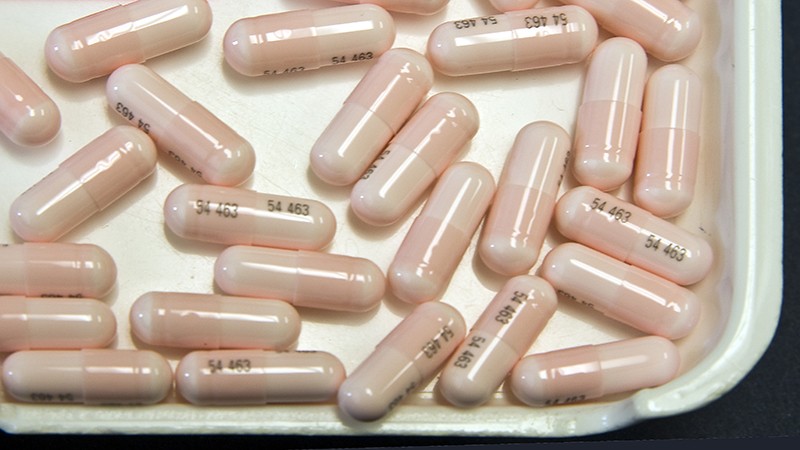 Figure 1
Figure 1
What does it look like?
Many people in today’s world don’t know or haven’t seen someone they know have been diagnosed with schizophrenia, but it is one of the most discussed psychological disorders to date. So, many are left with the ruminating thought: what does it look like? According the to DSM-5 (the standard classification of mental disorders by mental health professionals in the United States), a diagnosis of schizophrenia consists of two or more core symptoms, one of which must be hallucinations, delusions, or disorganized speech for at least one month. Other symptoms include but aren’t limited to:
- Level of work, interpersonal relations, or self-care is significantly below what it was before the start of symptoms
- Signs of disturbance that have lasted at least 6 months
- Schizoaffective disorder and depressive or bipolar disorders with having psychotic symptoms ruled out
- The disturbance is not caused by substance abuse or or other medical condition.

Figure 2: Commonly prescribed lithium capsules.
What happens after diagnosis?
A large part of understanding what schizophrenia looks like is also understanding what medical professionals are prescribing to try and treat schizophrenia. While there is no single treatment that has proved to be effective at treating schizophrenia, lithium (seen in Figure 2) has been one of the most commonly prescribed. This is because it has been shown to be an effective mood stabilizer, a treatment for aggression and excitement, and treatment of affective symptoms. But, like mentioned earlier, lithium isn’t effective for treating schizophrenia and therefore it often is not prescribed as a standalone treatment.

Figure 3: A simplistic overview of how antipsychotics work into the brain.
Lithium is not the only prescription for treating schizophrenia however! There are also what are known as first and second generation antipsychotics that have been used as a treatment. These medications have been indicated for the treatment of both acute episodes of psychoses and maintence therapy of schizophrenia. First-generation antipsychotics are better used for treating positive symptoms of schizophrenia, such as delusions and hallucinations. They have also been shown to decrease the risk of repeated episodes of psychosis. Second-generation antipsychotics on the other hand have been used to treat both negative and positive symptoms of schizophrenia, such as withdrawal. The benefit of second-generation antipsychotics is that they also reduce relapse rates in patients.
The difference between the two generations comes from their mechanisms of action. First-generation antipsychotics inhibit dopaminergic neurotransmission as well as noradrenergic, cholinergic, and histaminergic blocking areas. Second-generation antipsychotics work by blocking D2 dopamine receptors and serotonin receptor agonist action.
What we’ve learned
Through many years of study, professionals have determined the signs and symptoms of schizophrenia and have gotten really good at noticing these signs early in development. They haven’t yet found a “fix all” solution to schizophrenia, but they have developed some treatments to the symptoms such as lithium and first and second generation antipsychotics, the latter of which act on dopamine neurotransmission. Perhaps the future holds a solution to schizophrenia and not just they symptoms.